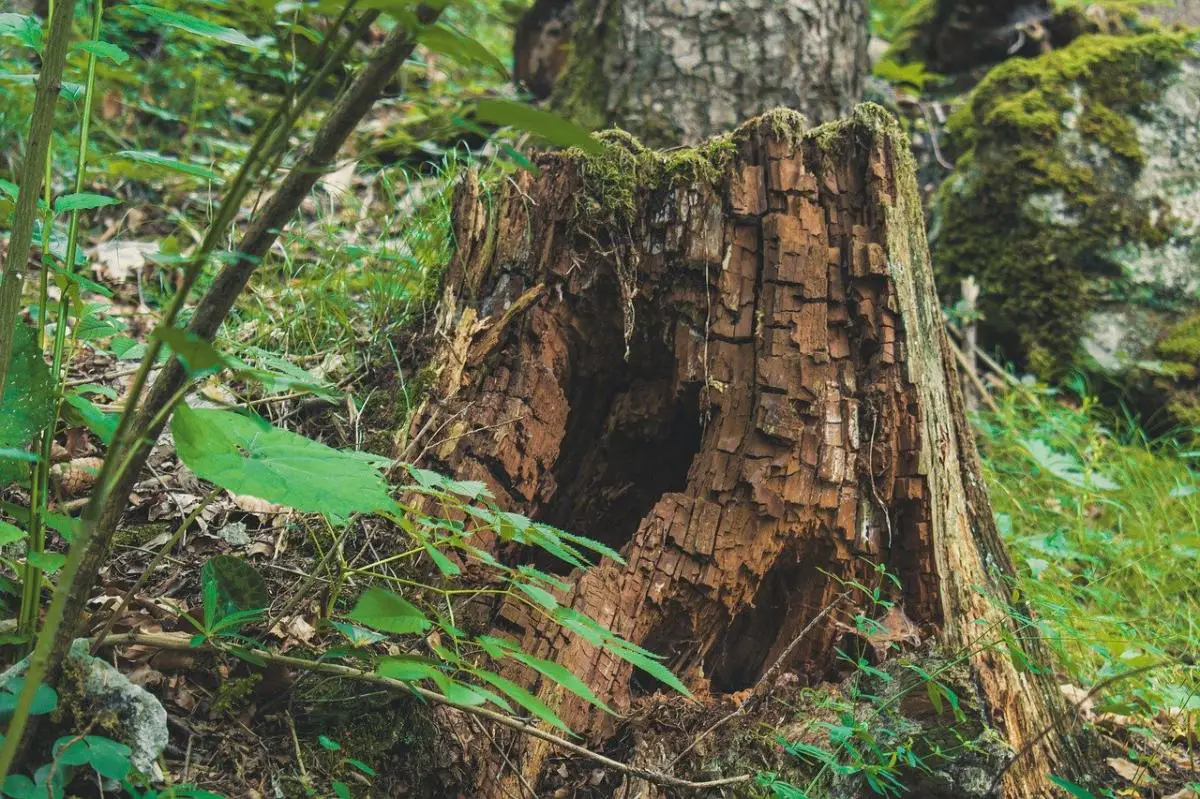

The survival of plants is closely linked to the soil in which they grow; not in vain, its roots make their way between the pores that form the earth and the stones that are in it. They daily absorb the nutrients that are available so that they can subsist and grow.
This is a topic that has interested humanity for several centuries, as we soon realized that Depending on the characteristics of the soil, they could grow one or the other plants. However, it was not until 1883 when people began to speak of edaphology, or as it is also known: the science of the soil.
What is the definition of edaphology?


Image – Wikimedia / Ivtorov
Edaphology is a science that studies the soil and its relationship with plants and the environment that surrounds it. Within this field, physics, biology and chemistry also appear.
So, if we want to know the composition of a land, its properties, how it changes over time, and how the plants that grow in it are related, what we will really do is read studies or do soil science experiments.
What is agricultural edaphology?
Agricultural edaphology and edaphology, let’s call it, common, are the same. Knowing the different types of soils and the plants that inhabit it is key to having interesting harvests, since without this information, you could run the risk of buying fruit trees that could not grow in your garden.
But it is advisable to be careful with the terms edaphology and pedology. The latter focuses on the study of the origin and formation of the soil, while the former is more related to agronomy, since one of its objectives is to know and improve the use of the land.
What is a soil map?
A soil map it is a very useful tool when you want to know the geographical elements of a terrain. It shows the different rocks or formations, as well as the ages represented in different colors that identify them.
To do this, studies are carried out in the area itself, as well as aerial photographs are taken. The latter help to have a more complete view of the ground, with which more and more detailed maps are made.
How is edaphology related to geography?
Although it seems that the same thing is being talked about, in reality it is not. Edaphology is the science that studies the soil, while geography (physics) is the science that deals with studying the surface of the Earth as a wholeand how the climate, the terrain, the fauna and the flora are modifying it.
Therefore, although they are related, they are two different sciences. Each of them can offer us a lot of information about the soil, as well as how it evolves as time goes by.
History of edaphology


To finish, we are going to tell you a little about the history of edaphology. This is a science that began as such at the Russian Geographical College. In it, Mikhail Lomonosov (1711-1765), who is considered the father of Russian science, dedicated his life to teaching and writing about soil as something that is constantly evolving. However, the founder of edaphology was the Russian geographer Vasily Dokuchaev (1846-1903), since it was he who established the foundations of the Geography of the soil understood as science.
In 1883 : published his first work on the subject: a report on a study that he would carry out in the openanalyzing and applying their knowledge to the different soils that were found. He described each of these types, classified them, and also developed cartographic methods that would serve to learn more about the soils, their characteristics, and how the relationship they have with fauna and flora influences them.
Sibirtev was a man who classified soils into three large groups: zonal, intrazonal and azonal:
- Zonal: are those that occupy large areas. They are highly conditioned by the climate and the flora. Examples: desert, wind, forest, lateritic, and tundra soils.
- Intrazonal: these are soils in which the climate factor is not as decisive as other factors, such as the bedrock, human action, the terrain itself, etc. Examples: saline, swampy, humic and carbonate soils.
- Azonal: these are soils that are in full development. Examples: alluvial, skeletal, and coarse.
Two other pillars of soil science were Bound (1863-1935) and Kellog (1902-1980). The first was an American geographer who disseminated the knowledge that was had to date on soil science in his country, in addition to propose a classification of soils into six categories called orders, suborders, groups, families, series and types. The second continued with the development of said classification, based on the criteria established by Dokuchaev in his day.


What did you think of this topic?
